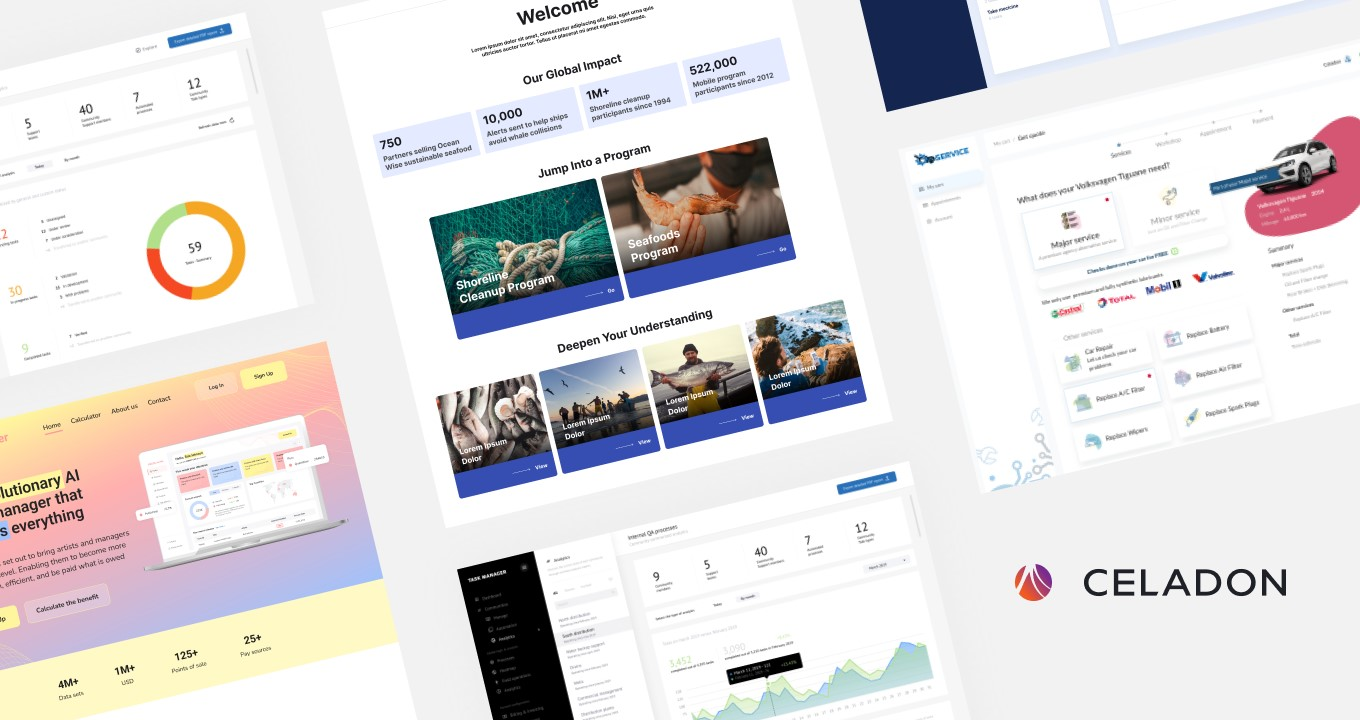
Do you remember a life without food delivery? Most of us would agree that food deliveries apps have become an integral part of modern living. They offer the convenience of ordering our favorite meals from the comfort of our homes or workplaces, and their popularity continues to soar. With this increasing demand, it’s no wonder that entrepreneurs and businesses are eyeing a food delivery app development company as a lucrative opportunity to get their business to the next level. However, venturing into this field requires a clear understanding of the costs involved. In this article, we aim to provide a comprehensive breakdown of the expenses associated with creating a food delivery app in the year 2023.
Understanding the Market Trends
In 2023, the food delivery industry continues to be fiercely competitive and ever-changing. Long-standing industry leaders such as Uber Eats, DoorDash, Grubhub, along with numerous local contenders, persistently compete for market supremacy. The COVID-19 pandemic played a pivotal role in accelerating the acceptance of food delivery services, rendering this sector even more attractive to newcomers. Hence, before commencing your food delivery app development venture, it’s imperative to comprehend these market trends and fluctuations, as they can substantially impact your strategic decisions and expenditures.
Core Features and Functionality
Creating a food delivery app requires a meticulous focus on core features and functionality. These elements form the backbone of your app and significantly impact its success. Here’s a deeper dive into what these features entail:
User Registration: A seamless onboarding process is essential. Users should be able to register quickly using email, social media accounts, or phone numbers. Consider offering incentives like discounts or free deliveries to encourage sign-ups.
Menu Browsing: The heart of your app lies in the ability for users to browse restaurant menus easily. Implement an intuitive menu interface that displays dishes, prices, and high-quality images. Filters, sorting options, and search functionality should be user-friendly and efficient.
Order Placement: A straightforward and secure order placement process is vital. Users should be able to add items to their cart, customize orders, and specify delivery instructions. Implement a clear and transparent pricing structure, including taxes, delivery fees, and tips.
Real-Time Order Tracking: Provide users with real-time tracking of their orders. This feature offers transparency and builds trust. Users can monitor the progress of their delivery, know the estimated arrival time, and receive notifications at key milestones.
Payment Processing: Implement secure payment options, including credit/debit cards, mobile wallets, and cash on delivery. Ensure that payment information is encrypted and user data is protected.
Admin Panel: An efficient admin panel is essential for managing restaurant partnerships, delivery partners, and customer support. It should enable restauranteurs to update menus, process orders, and manage their listings. Additionally, it should facilitate smooth communication between customers, restaurants, and delivery personnel.
These fundamental features serve as the cornerstone for your food delivery app’s success. User-friendliness, speed, and reliability are non-negotiable aspects. Investing in a well-designed and well-functioning app is key to attracting and retaining users in a competitive market.
By combining a deep understanding of market trends with a feature-rich and user-friendly app, you can position your food delivery venture for success in 2023. The next sections of this article will delve into the costs associated with bringing your app to life and sustaining it in the long term.
Development Costs
The costs involved can fluctuate significantly due to various influencing factors. Establishing dedicated development teams for iOS and Android platforms is a prerequisite. The pivotal aspect revolves around the expenditure associated with recruiting proficient developers and designers, with their compensation or hourly charges varying from moderate to substantial. Depending on the intricacy and scope of your application, development expenses typically span from $50,000 to $150,000 and, in some cases, even exceed this range.
Backend Development
Establishing a robust backend infrastructure is critical for ensuring your app’s seamless performance. Costs associated with backend development encompass server hosting, maintenance, and scalability options. Cloud solutions, such as Amazon Web Services (AWS), Microsoft Azure, or Google Cloud, are popular choices and can range from a few hundred dollars per month to thousands, depending on usage.
Design and User Experience
Investing in user interface (UI) and user experience (UX) design is essential to make your app visually appealing, intuitive, and easy to navigate. Depending on the complexity of the design and the quality of the designers you hire, budgeting is around $10,000 to $30,000.
Features and Third-party Integrations
When calculating costs, consider the expenses tied to integrating various features. These may include payment gateways, GPS tracking for order and delivery monitoring, push notifications, and real-time chat features for customer support. Additionally, you’ll need to allocate resources for integrating APIs that connect your app with restaurant partners and delivery personnel.
Testing and Quality Assurance
Ensuring the functionality, security, and reliability of your app is paramount. Rigorous testing and quality assurance processes are essential to guarantee a seamless user experience. Quality assurance costs can vary but generally range from $5,000 to $15,000 or more, depending on the complexity and scale of your app.
Launch and Marketing
The launch phase of your app involves expenses as well. This includes fees for launching your app on app stores, such as Apple’s App Store and Google Play. A well-thought-out marketing strategy is essential for success, as it helps you gain visibility in a competitive market.
Maintenance and Ongoing Costs
After your app’s launch, ongoing maintenance and support are critical. This includes server maintenance, regular updates to improve functionality and security, and providing customer support. These expenses can accumulate to several thousand dollars per month, depending on the size of your user base and the complexity of your app.
Conclusion
Creating a food delivery app in 2023 presents an exciting opportunity, but it comes with its set of costs and challenges. The total cost can vary widely, with a rough estimate falling between $50,000 and $150,000 or more, depending on your app’s complexity, features, and geographical reach.
It’s crucial to consider not only the financial aspects but also the strategic ones when embarking on this journey. With the right approach, a well-designed app, and a thorough understanding of the market, you can tap into the thriving food delivery industry and potentially achieve significant returns on your investment.
Remember that success in this field requires not only a solid budget but also a commitment to delivering exceptional service to your users. How to achieve this? Hire developers who would take care of your app as their own. Contact Celadon, our team of experienced app development professionals, for expert guidance and assistance throughout your app development journey.


